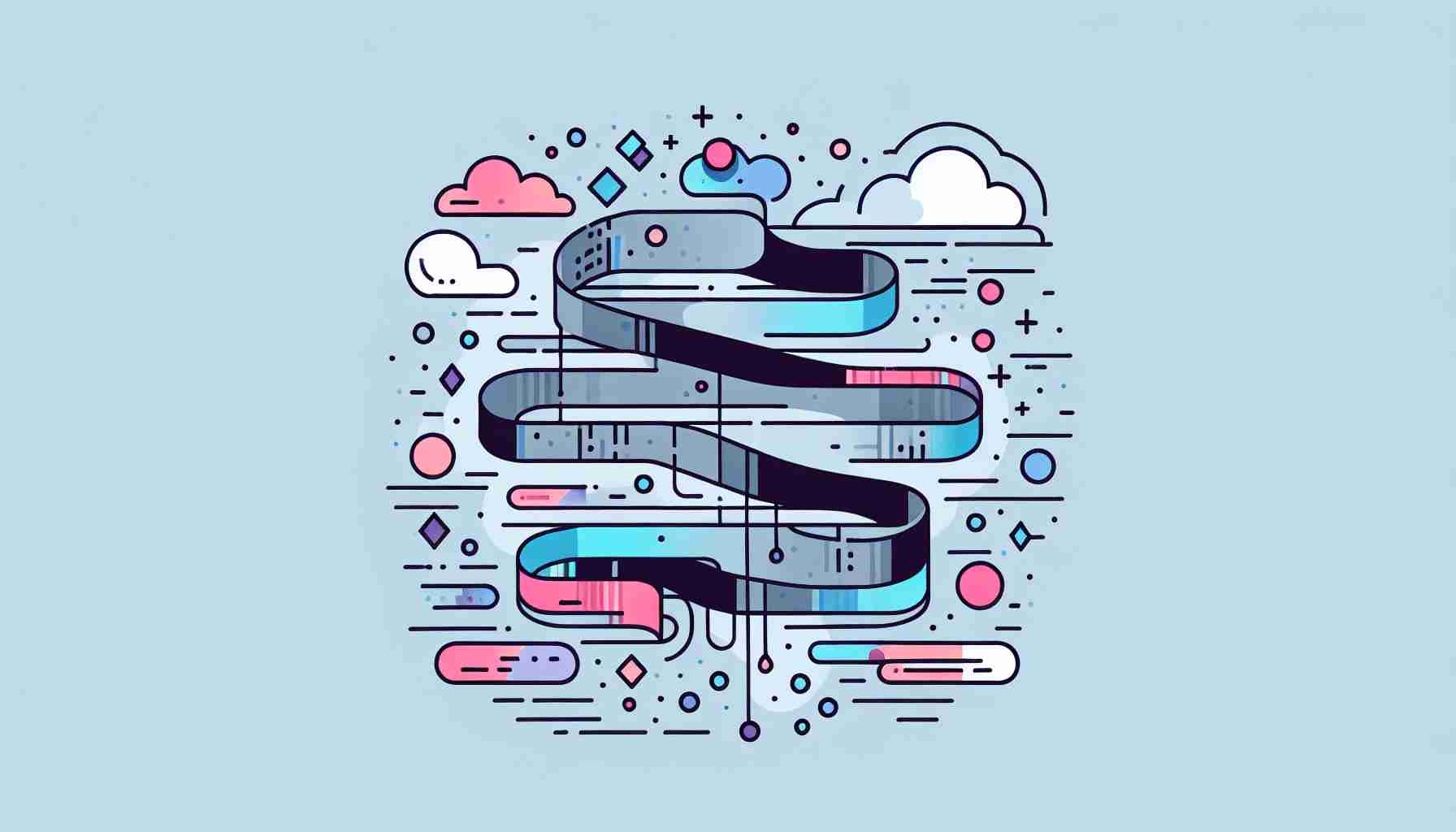Kafka Streams A Comprehensive Guide to Stream Processing

Kafka Streams Briefly Summarized
- Kafka Streams is a client library for building stream processing applications atop Apache Kafka.
- It enables real-time data processing and analytics within Kafka clusters, handling continuous data streams.
- Kafka Streams provides a high-level DSL for writing stream processing applications with ease.
- It supports stateful and stateless transformations, windowing, and exactly-once processing semantics.
- Kafka Streams applications are scalable, fault-tolerant, and can be deployed in any environment that supports Java.
Stream processing has become an integral part of modern data architecture, especially with the rise of real-time analytics and Internet of Things (IoT) applications. Kafka Streams is a powerful tool that simplifies the complexity of stream processing, providing a seamless way to transform, aggregate, and analyze data in real time. In this article, we will delve into the world of Kafka Streams, exploring its features, architecture, and how it fits into the broader Kafka ecosystem.
Introduction to Kafka Streams
Apache Kafka, as described by Wikipedia, is a distributed event store and stream-processing platform, designed to handle high-throughput, low-latency processing of real-time data feeds. Kafka Streams is a client library that builds on this foundation, enabling developers to create sophisticated stream processing applications.
Kafka Streams turns the concept of an application inside-out. Instead of writing applications that make remote calls to various services, you write a Kafka Streams application that brings the data to your code. This approach simplifies the processing logic and allows for a highly scalable and fault-tolerant architecture.
Core Concepts and Features
Kafka Streams introduces several core concepts that are essential to its operation:
- Stream: A stream is an unbounded sequence of data records, which is conceptually similar to a table in a database that is being continuously appended to.
- KStream and KTable: These are abstractions over a stream of data. A KStream represents an event stream, while a KTable represents a changelog stream, reflecting updates to a table.
- Topology: The processing logic of a Kafka Streams application is represented as a topology of processors.
- State Stores: Kafka Streams supports stateful operations. State stores can be used to store and query data that is required for processing.
Kafka Streams provides a high-level Domain Specific Language (DSL) for building stream processing applications. This DSL allows developers to define complex processing topologies, such as filtering, mapping, joining, and aggregating streams of data.
Advantages of Kafka Streams
Kafka Streams offers several advantages for stream processing:
- Scalability: Kafka Streams applications can scale horizontally, and Kafka's partitioning model naturally supports data parallelism.
- Fault Tolerance: The library is built to be fault-tolerant with state replication and at-least-once processing guarantees by default, and exactly-once semantics optionally.
- Deployment Flexibility: Kafka Streams applications are standard Java applications and can be deployed like any other Java application, without the need for a separate processing cluster.
- Operational Simplicity: Kafka Streams simplifies operational aspects by relying on Kafka for partitioning, replication, and fault tolerance.
Kafka Streams in Action
To understand how Kafka Streams works, let's consider a simple example. Imagine you have a Kafka topic that receives stock trade events, and you want to calculate the average trade price in real time.
Here's a high-level overview of how you might implement this with Kafka Streams:
- Define a KStream from the input topic.
- Map the incoming messages to a key-value pair, where the key is the stock symbol and the value is the trade price.
- Group the KStream by the stock symbol.
- Calculate the average price using an aggregator function.
- Write the resulting average prices back to another Kafka topic or to an external system.
This example illustrates the simplicity with which complex stream processing tasks can be implemented using Kafka Streams.
Integration with the Kafka Ecosystem
Kafka Streams is tightly integrated with the rest of the Kafka ecosystem:
- Kafka Connect: For importing data from and exporting data to external systems.
- Kafka Schema Registry: For managing schema definitions for Kafka topics.
- Kafka Security: Kafka Streams leverages Kafka's security features for encryption and authentication.
Conclusion

Kafka Streams is a versatile and robust library that empowers organizations to process streaming data efficiently. Its integration with Apache Kafka, ease of use, and powerful features make it an ideal choice for real-time data processing applications.
FAQs on Kafka Streams
Q: What is Kafka Streams? A: Kafka Streams is a client library for building applications and microservices that process and analyze data stored in Kafka clusters.
Q: How does Kafka Streams differ from other stream processing frameworks? A: Kafka Streams is designed to be lightweight and easy to use, with a focus on integrating seamlessly with Kafka. It does not require a separate processing cluster and can be deployed as a part of any Java application.
Q: Can Kafka Streams handle stateful processing? A: Yes, Kafka Streams supports stateful operations through its state stores, which can be queried and maintained as part of the processing topology.
Q: Is Kafka Streams scalable? A: Absolutely. Kafka Streams applications can scale horizontally, and Kafka's partitioning model supports data parallelism, making it highly scalable.
Q: Does Kafka Streams support exactly-once processing semantics? A: Yes, Kafka Streams supports exactly-once processing semantics, ensuring that each record will be processed exactly once, even in the event of failures.
Q: What languages can be used to write Kafka Streams applications? A: Kafka Streams applications are written in Java. However, there are also wrappers available for other JVM languages, such as Scala or Kotlin.
Sources
- Apache Kafka
- Kafka Streams for Confluent Platform
- Streams - Apache Kafka
- Kafka Streams Basics for Confluent Platform
- What is Kafka Streams: A Comprehensive Guide 101 - Hevo Data
- Kafka Streams vs. Kafka Consumer | Baeldung
- Kafka Streams - The Complete Guide | Instaclustr
- Kafka Streams | Part I - Medium
- Kafka Streams 101: Getting Started (2023) - YouTube
- Introduction to KafkaStreams in Java | Baeldung